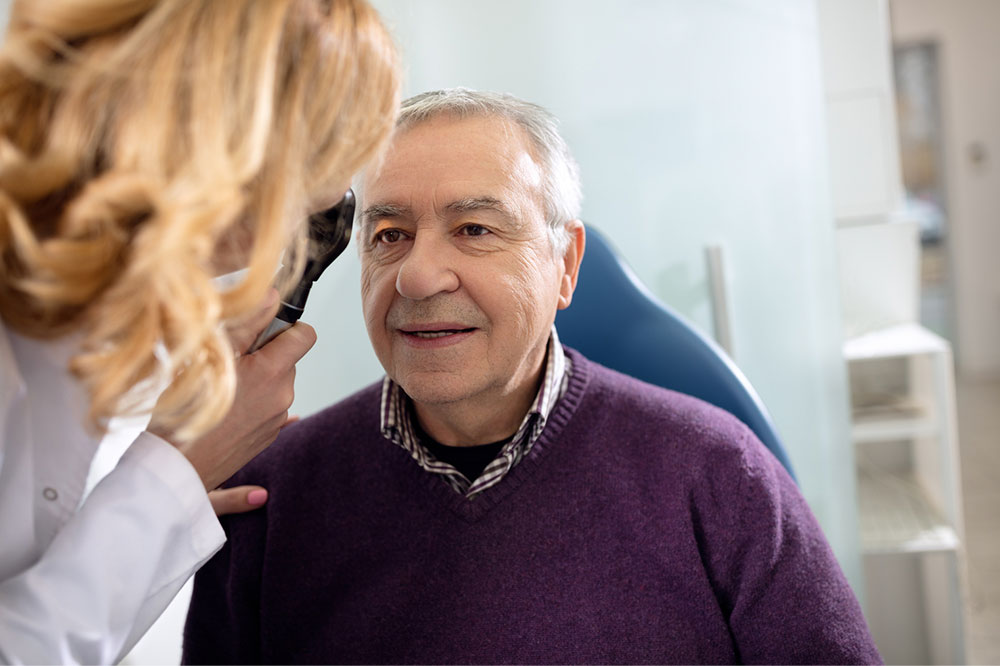Early warning signs of different types of eye cancer

Cancer that begins in the eyeball, or nearby parts, such as eyelids or tear ducts, is known as eye cancer. All forms of eye cancer are extremely rare. Of these, some common types of eye cancer include uveal melanomas and retinoblastoma. Most people do not have symptoms of eye cancer unless it grows in certain parts of the eye or becomes more advanced. As the condition develops, one may experience the following symptoms:
Symptoms of choroidal melanoma
Choroidal melanoma affects the tissue that covers the middle layer of the eye. Symptoms of this condition include:
Detached retina if the tumor grows large enough
A dark growth in the eye that may only be visible as a shadow at the back of the eye
Vision changes, such as blurred vision or lights flashing
Eye floaters, or specks that move around in someone’s field of vision
Pressure in the eye
Pain in the eye or the surrounding areas
Symptoms of conjunctival melanoma
When cancer begins in the outer tissue that covers the eye (conjunctiva), it is called conjunctival melanoma. Some warning signs of this type of eye cancer include:
Elevated, dark growths in the eye that may look like small moles or freckles
Vision changes, such as blurred vision, vision loss, or lights flashing
A spot in the eye that grows or changes
Symptoms of retinoblastoma
This is the most common form of eye cancer that begins in one’s childhood. Some common signs and symptoms include:
A pupil that looks white when light shines into it (instead of red or pink)
White flashes in the eye in photos
Strabismus, or lazy eye
Eye pain
Vision issues
A bulging eye
Differences in color between the two irises
Symptoms of conjunctival squamous cell carcinoma
The growths of squamous cell carcinoma are light, making it difficult to notice. Some warning signs include:
Sensitivity to light
A red eye
Eye irritation
The sensation that something is in the eye
Painless light or white-colored growth on the eye that continues to grow
As with most other cancers, eye cancer develops when cells begin to divide and multiply out of control, leading to the formation of a tumor. This tumor can break off and travel through the bloodstream to affect other parts of the body, also known as metastasis of cancer. Several factors can increase one’s risk of developing cancer, such as age, eye color, unusual moles, use of sunbeds, and overexposure to sunlight.
If the general physician suspects that there is a serious underlying condition with one’s eyes, a visit to a specialist for eye cancer is recommended. Here, doctors may recommend tests and screenings such as an eye examination to look for any abnormalities, an ultrasound scan of the eye, a fluorescein angiogram, and/or a biopsy.
Based on the type and stage of cancer, doctors may recommend treatment options such as brachytherapy, external radiotherapy, chemotherapy, surgery, or enucleation (removal of the eye).






